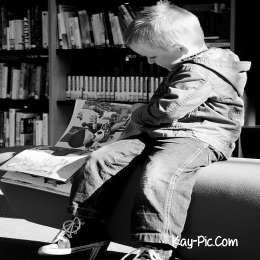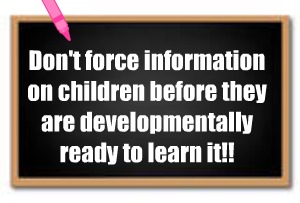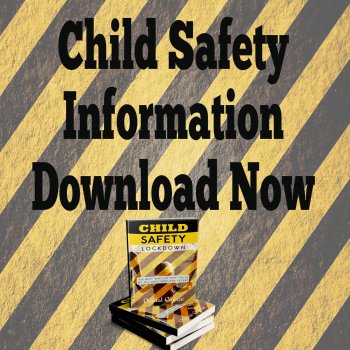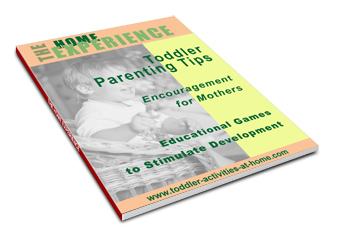Teaching Reading
To Struggling Readers:
15 Super Easy Ways to Help Your
Reluctant Learners
Unfortunately, approximately 40% of kids are considered to be struggling readers. The best way to prevent your child from being part of this statistic is to start teaching reading EARLY.
Teaching reading...Read More...
Preschool alphabet activities...Read More...
Teaching the Alphabet...Read More...
Teaching sight words...Read More...
Your children will have much less difficulty learning to read the earlier they get started. There’s a significant chance that your child will remain a poor reader in 4th grade if he/she is a struggling reader in 1st grade. It just gets more and more difficult for kids to play catch up which is detrimental to their self esteem and learning success.
There are many reasons why we have so many struggling readers including learning disabilities, lack of reading at home, poor reading instruction at school, or different languages spoken at home.
How can you provide reading help to your struggling readers?
- Be a role model. Your kids emulate what you do so make sure they see you enjoy reading.
- Make a habit of reading to your child EVERY day starting as young as possible. It’s never too early! When kids get older you can take turns reading to each other.
- Make sure you provide your children with books that match their interests. It’s impossible to keep them motivated if they’re bored or uninterested. Make sure books are at the correct reading level and age appropriate. Your child will get bored if the book is too immature and may get discouraged and overwhelmed if the book is geared toward an older age group.
- Early intervention is important if you see your child struggling. Seek help as soon as you see there’s a problem. But it’s important never to punish or scold a child for reading performance issues.
- Read together at every opportunity – cooking ingredients, road signs, cereal boxes, comic books, magazines, television ads, poems, game instructions, or any common occurrence you encounter during your day.
- Get your children their own library cards and let them pick out their own books. This gives them feelings of accomplishment and independence. Take advantage of reading programs that many libraries have for kids like structured story times.
- Don’t force it, as this can have the exact opposite effect. Don’t force information on your kids before they are developmentally ready to learn it.
- Try reading at different times of the day. As adults, we know what our peak learning time of day is. Determine what that time of day is for your kids for reading success.
- Avoid reading when your child is tired, hungry or cranky.
- Using teaching reading methods specifically tailored toward your child's unique learning style often leads to successful results.
- Get help. Not all kids will need outside intervention, but if you haven't seen results after working with your struggling reader, you may find it necessary to find a reading program or a special education program. You can learn more about special education here.. If your child is in school, you can also ask teachers for help and resources.
- For older kids (at least 1st grade) teach the concept of chunking - which is taking multi-syllable words and breaking them down into manageable "chunks" and then putting the chunks together - it's less overwhelming to learn that way.
- Select books that have less words on a page. Some children get intimidated when they see a lot of words on the page.
- If you're not seeing progress from implementing any of the above suggestions you may want to find a good tutor to work one-on-one with your child; someone with experience dealing with struggling readers.
- Make reading fun or interesting
To Help Busy Mums and Dads Here Are Some Related Shopping Items
When you purchase from this link, you are actually purchasing from Amazon.com, and you can have peace of mind that your order will be processed by Amazon’s secure order server.
Other Articles for You
Home l Stay At Home Moms l Toddlers Games l Toddler Exercise l Constipation in Toddlers l Shopping with Toddlers l Helping Toddlers Overcome Fears l Teaching Toddlers Manners l Toddler Music Activities l Homeschooling Toddlers l Toddler Bedroom l Toddlers And Food l Parenting Toddlers Alone l Reading to Toddlers l Aggressive Toddler l Toddler Sleep Tips l Buying toddler toys l Shy toddler l Development l Toddler Chores l Toddler Routines l Toddler Educational Activities l Toddler Learning Activities l Toddler Coloring Pages l











New! Comments
Have your say about what you just read! Leave me a comment in the box below.